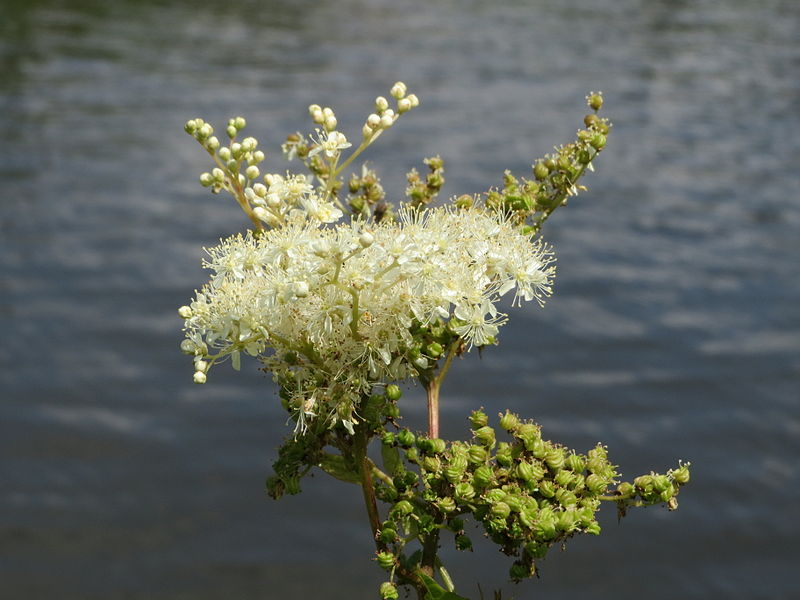
Wild Plant Of The Week 55 "Himalayan Balsam"
Botanical name: Impatiens glandulifera
Common name: Himalayan Balsam, Policeman's Helmet, Bobby Tops, Copper Tops

Physical appearance: An highly invasive, non-indigenous species, originally native to the Himalayas and Kashmir. Typically, it grows to between 1 and 2 metres in height with green or red tinged stems. A good identifier is crushing a leaf, they have a very pungent, musty fragrance. The plant has glands that produce a sticky, sweet smelling and edible nectar. It produces pink, hood shape flowers which have been compared in shape to a policeman's helmet (British).
Best places to find: Along rivers, streams, ponds and lakes as well as in damp woodlands.

Edible parts: The green seed pods, the seeds, young leaves and shoots are all edible. The flowers are commonly made into a parfait or jam. Best eaten when tender.
Time of year: Flowers between June and October.

Point of interest: After flowering, the plant produces seed pods which are 2 to 3 cm in length. When touched or disturbed, the seed pods explode, dispersing the seed up to 7 metres away from the mother plant. Lots of fun.
Danger : Due to its ability to dominate local flora and its proclivity for moist soil, Himalayan Balsam is leading to riverbank erosion. If it takes over a river bank, it can leave that river bank exposed and voulnerable to erosion, when the plant dies back in the winter season.
Photos courtesy of H. Zell, Udo Shmidt and M Nolf via Wikipedia, Creative Commons Attribution


